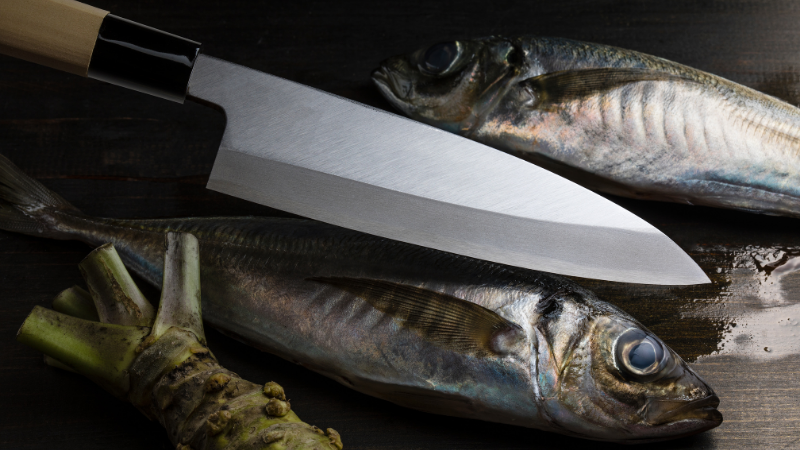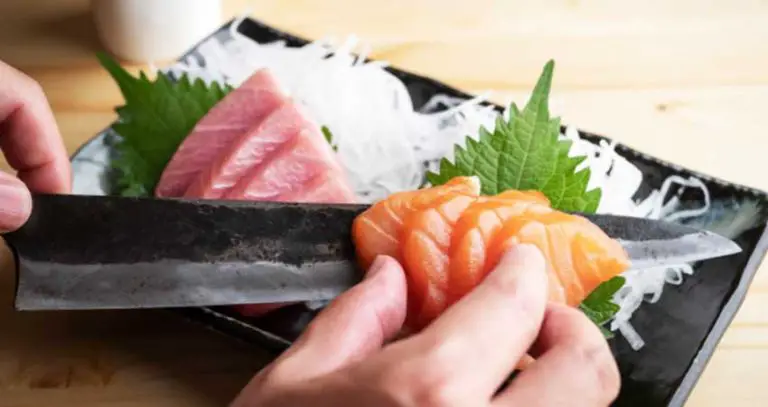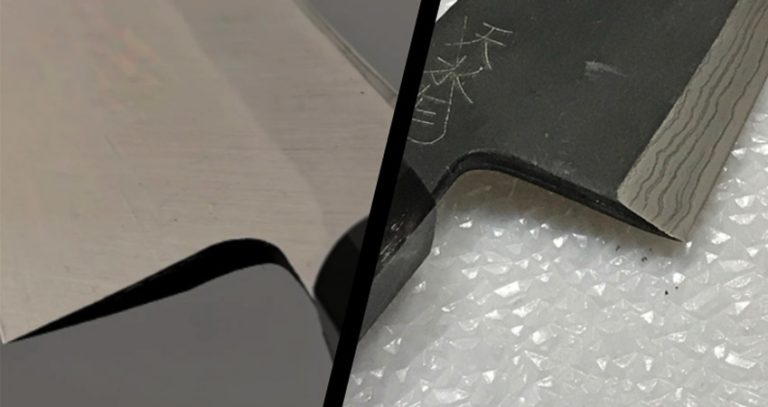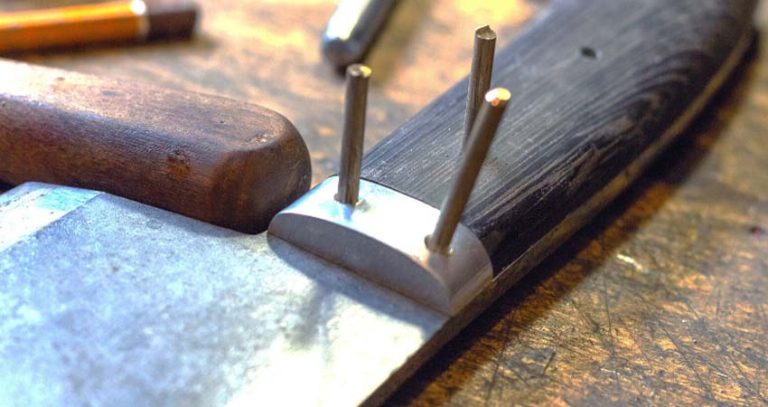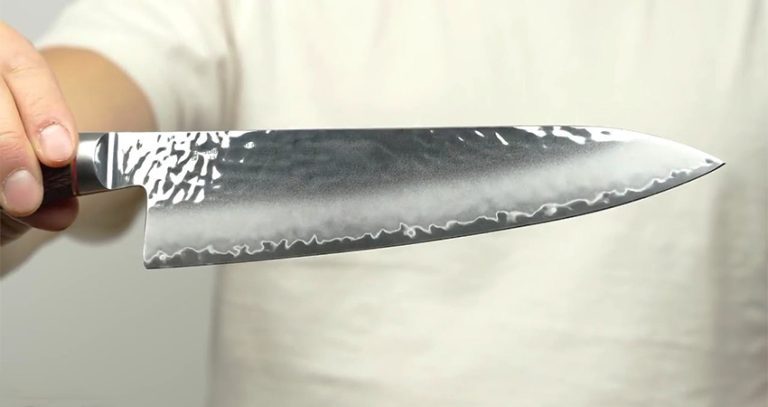What Knives Do Japanese Chefs Use?
Japanese knives are the pinnacle of craftsmanship. These knives are widely known for their extreme strength, sharpness, and precision.
Chefs all over the world love to use Japanese knives to perform culinary action at their best. But what knives do Japanese chefs use?
Gyutou, Santoku, Deba, Nakiri, Honesuki, etc., knives are most commonly used by Japanese chefs for chopping, slicing, carving, and boning.
We will briefly go over some of the most popular knives in Japan so that you know which knife will be suitable for you.
Sit tight and watch out! These knives are so sharp!
What Knives Do Japanese Chefs Use?
Professional chefs in Japan use a wide variety of knife sets to pull off different jobs. Here is a quick overview of those knives.
Gyutou

This is the Japanese version of an all-purpose chef knife. Though Gyotou means beef sword, this knife can be used for almost all tasks in the kitchen.
Chefs use this knife to slice meat, fish, or produce.
Its blade is a bit thinner than the chef knives used in the west. The blade is also harder than general chef knives found outside Japan.
As a result, its blade has better edge retention.
Santoku
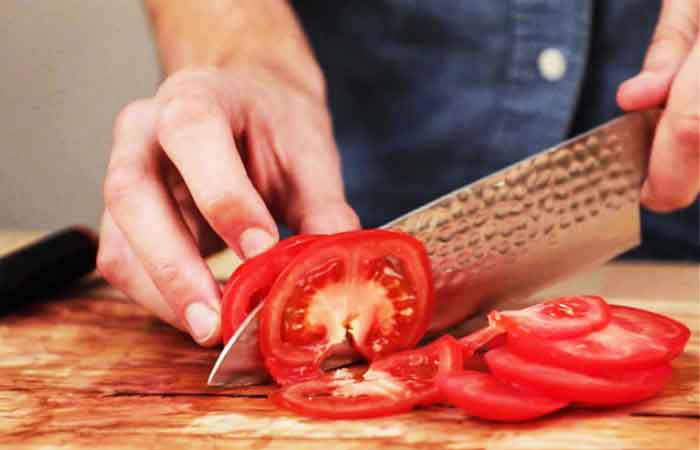
You might have heard the name as this knife is very popular even outside Japan. This is a multipurpose kitchen knife with a taller blade than Gyutou.
Japanese chefs use this knife for cutting meat, fish, and vegetables alike.
The highly sharpened blade of Santoku knives is beveled on both sides, which isn’t a common scenario in the case of Japanese knives.
Santoku knife is helpful for cutting large items in long strokes.
Nakiri And Usuba

Both of these are vegetable knives. But the main difference is in their blades.
Though both of these knives have the same rectangular blade as a Chinese cleaver, the blade is not so wide.
The Nakiri blades are beveled on both sides and are mostly used by home cooks. Usuba knives are more popular among professional chefs due to their precision cuts.
These knives have a bevel on one side of the blade, and the other side remains flat for cutting with precision.
Deba
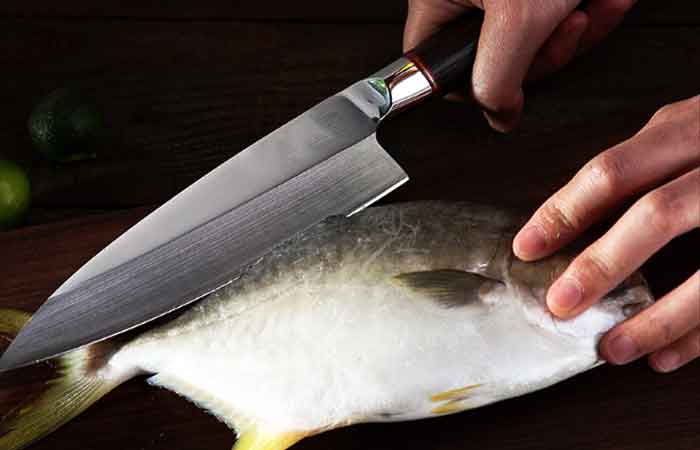
These knives usually have a thicker blade and are used for cutting fish or poultry. The heavy blade of this butcher knife might come in single-bevel or double-bevel versions.
It can handle heavy cutting jobs in the kitchen. Descaling fish or separating chicken bones is possible with these knives.
Sujihiki
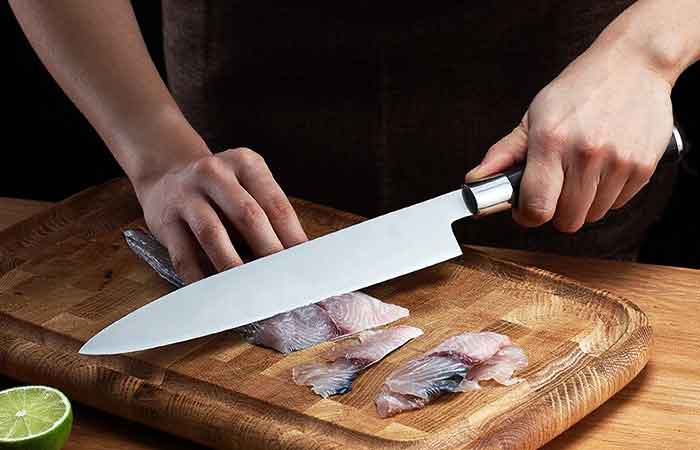
This is a knife with a long and flat blade used for mostly carving. Chefs also use it for slicing sushi and sashimi. The blade of this knife is much thinner than other knives.
And the bevel is much steeper so that chefs can make precision cuts when slicing a fine steak or sushi.
Yanagi
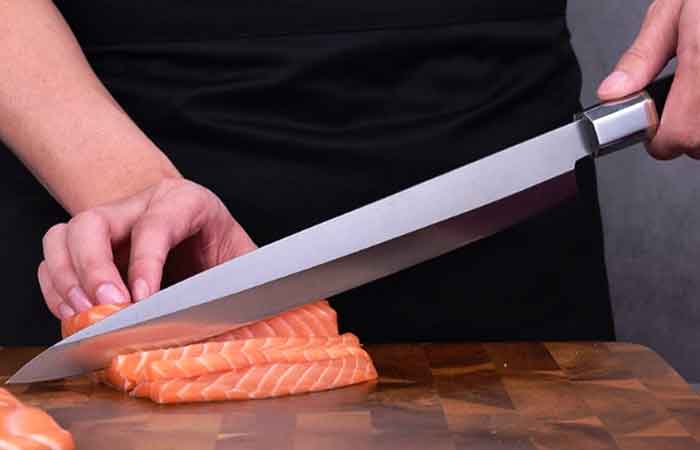
This is another knife with a very long and sharp blade. Its primary function is to slice sushi and sashimi.
The blade has a single bevel for more precise cutting. Its high-quality steel blade keeps its edge for a longer period of time.
Honesuki And Hankotsu
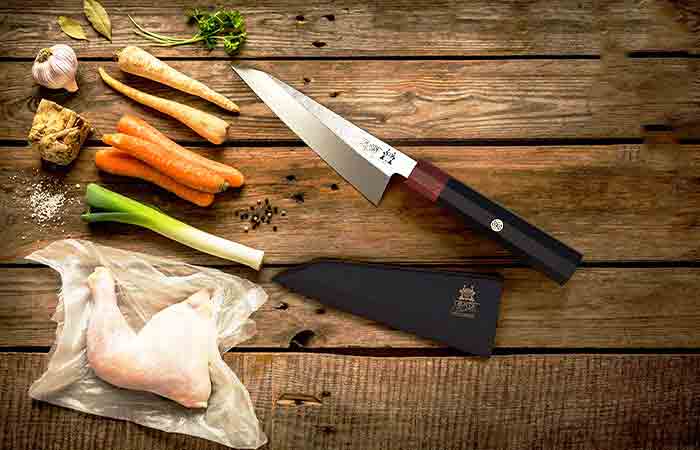
We are putting these two knives together because both of these are boning knives.
Honesuki is mostly used for deboning fish and poultry, while Hankotsu is used for deboning meat. The first knife has a triangular blade with little to no flex.
Hankotsu blade is also rigid, but it works great as a boning knife. It can also be used like a paring knife.
Japanese Kitchen Knives Parts Name
Do you want to know what the different parts of a Japanese knife are called? Check them out.
- Kissaki – It is the tip of the blade
- Hasaki – The cutting line of the blade
- Kireha – The cutting edge (can be on one side or both)
- Tsura – Flat part of the blade
- Shinogi – Where the flat part meets the blade edge
- Mune – Spine of the blade
- Kakumaki – Collar of the handle
- Ejiri – End of the handle
How To Choose Japanese Knives?
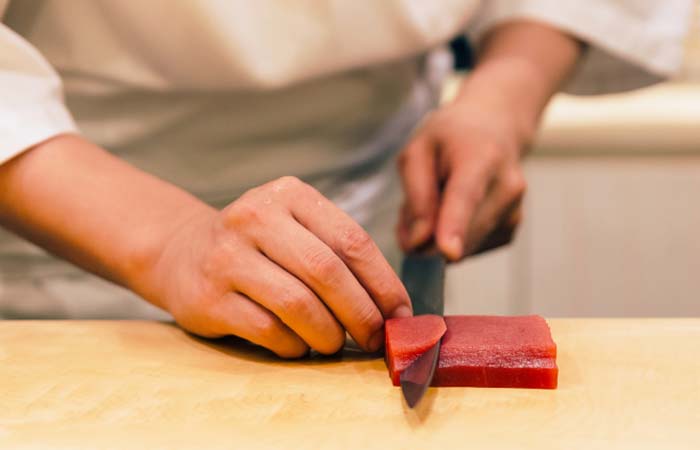
As there are many varieties of Japanese knives, it can be difficult to find the right knives for your purposes.
Here is a short guide on how you can choose the right knife.
Material
Most Japanese knives are made of Hagane steel. It is heavier than stainless steel and will require a lot of maintenance.
But stainless steel blades are very common and can be used with less maintenance.
Weight
As you might frequently work with knives, they should have a balanced weight. If the knife is too heavy, your wrists will fatigue quickly.
But if it’s too light, the performance might not be up to the mark.
Length
Blades of medium length are fine for versatile tasks. Using too-long blades in the home kitchen can be risky.
Pair a medium blade knife with a short blade boning knife to handle most of the tasks.
Design And Quality
Things like the roundness and bevel of the blade determine how good will the knife perform. Also, you might find some cheap ass knives out there, but they were produced nowhere near Japan. Avoid those Chinese knives and get hand-forged Japanese knives even if they are a bit pricey.
How To Maintain Japanese Knives?
Maintaining Japanese knife is crucial to hold its performance for a long time.
You may go through the following steps to maintain the knife.
- Making the proper use is the best maintenance of the knife. Cutting on marble or granite can cause the knife blade to chip. Use proper cutting boards to cut with Japanese knives.
- Use honing steel frequently to keep the blade aligned. It will reduce the need to sharpen the blade repeatedly.
- Wash the knife after every use and dry it completely before putting it into storage.
- Experts suggest sharpening with Japanese water stone. Using an electric knife sharpener might make the blade too thin and cause it to chip accidentally.
Where Can I Get Japanese Knives?
You might find some cheap ass Japanese knives that are actually made in other countries.
If you want a genuine Japanese knife, you can find them on different Japanese knife stores online.
You can also go to marketplaces and get authentic Japanese knife sellers.
My favorites are-
- Japanese knife imports
- Korin
- Knifewear
- Coutelier
Conclusion
Japanese knives date back to almost one and a half millennials. Over time, Japanese blade forging techniques have been improved to make some of the finest knives in the world.
As a result, Japanese knives have become very popular among all amateur and professional chefs.
You might already have an idea of what knives do Japanese chefs use. Each of these knives has distinct characteristics to be in the arsenal of a professional chef.
The ultimate balance of weight, high hardness rating, and long-lasting sharpness have made these knives so special.

